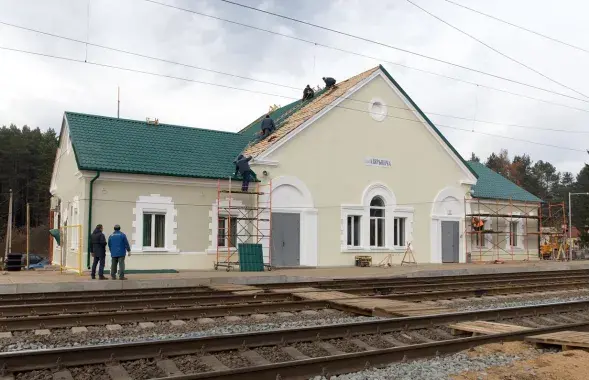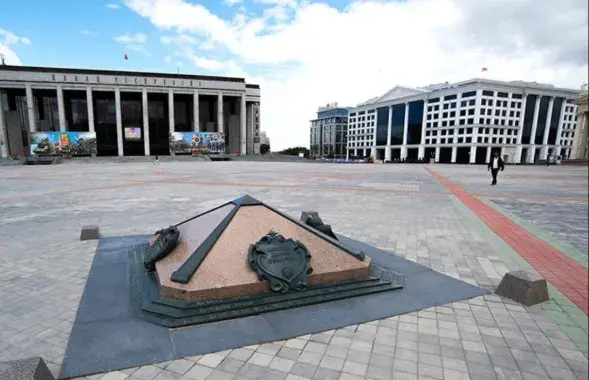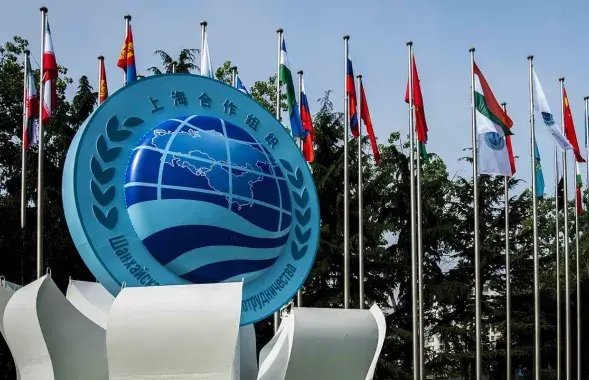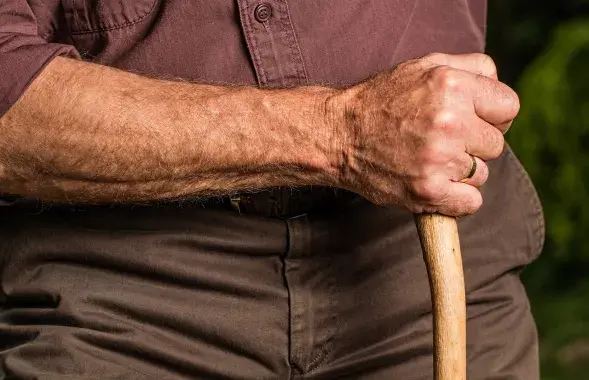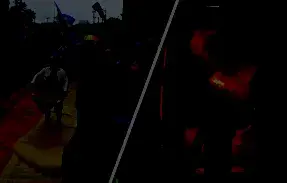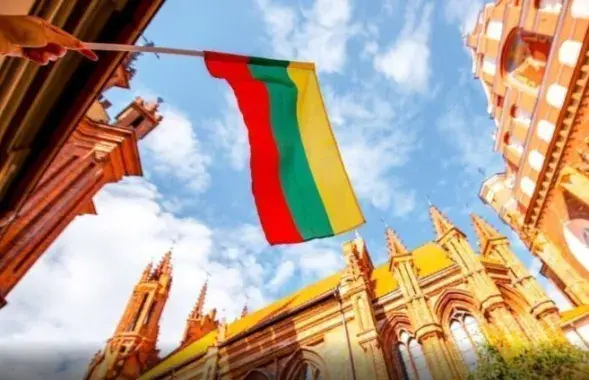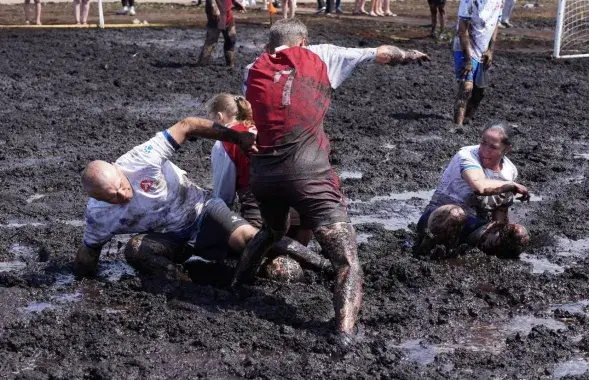"3/4 of architectural monuments disappeared in Minsk for the last 17 years"
Euroradio watched how and why they restored the old buildings in Minsk, with a historian and an architect (photo).
111109 Martin Rekonstrukcyja.mp3
"We do not restore history, we want to use the empty territories for new projects. The people who take decisions have no idea how it should be, how it used to be historically" - this is how architect Zmitser Savelyeu estimates the reconstruction of the old site development of Minsk.
We are heading for the Revolution Street together with him. We see restoring taking place there. The first thing our eyes meet - cracks in the house No. 32. Builders install pales nearby.

Revolution Street, 32



Revolution Street
"This is hideous, I mean, the building is tied up really hard and they make a piled area for a new building, – the architect explains. – Naturally, it won't fall apart, but still... It is a shame that they introduce new buildings which do not match the historical site development, the old buildings".
In the Revolution Street, we turn into the arch and get to the yard.
"When we enter the yard we see huge multi-storeyed buildings which could not possibly exist here, – continues Zmitser. – Therefore, we have an absolute dissonance in the environment. Many activists and civil figures tried to influence that, to stop construction of such buildings. However, we have what we have now".
There is a sign in the yard - "Informational-Touristic Center "Minsk". Probably, they hope for a wave of tourists to the reconstructed historical center.
"Of course, when the works on restoration are over, there will be some interest to the historical center, as it will look more or less authentic. Many shops and restaurants will be open at the lower floors, like they do in European cities", - says director of the center Alena Plis.
I enter the house at the address Revolution Street, 15. Work is everywhere. The building is being prepared for the Swedish Embassy. Ambassador Stefan Eriksson is also here, watching the restoration. The construction site supervisor proudly notes that they managed to keep the old floor in this building.

Future Swedish Embassy

"We kept the tiled floor of the year 1890. It survived till today. We picked the tiles. We needed a really handy specialist to take it off".
Apart from the tiles, a room with gratings remained untouched in the building since the year 1929. When the construction site supervisor shows us there gratings, he closes his eyes and speaks about the tortures of the Stalin times.
We leave the Revolution Street and go to the Upper City. They restore a building in which there was a grammar school for girls, and according to some information even a brothel, in Kirau Street, 5, near Mikhailauski square.

"This is the former Rayzman's grammar school for girls, a Jewish one, – says historian and art specialist Syarhej Khareuski. – The fresco on the facade remained there since some 25 years ago. The investor will now be interested in construction of as big area as possible, not in restoration of the initial sight. However, I admit that they may be more careful when working here".
The historian is skeptical about the current restoration.
"They are hastily looking for money, and intend to attract buyers be any means. The only thing they have is real estate in the center of Minsk. Investors have no moral obligations, they don't have to worry about our heritage. They build what they want".
According to Syarhej Khareuski, there were about 240 monuments of pre-Soviet architecture in late 80s. Three fourth of them have been destroyed for the last 17 years.

